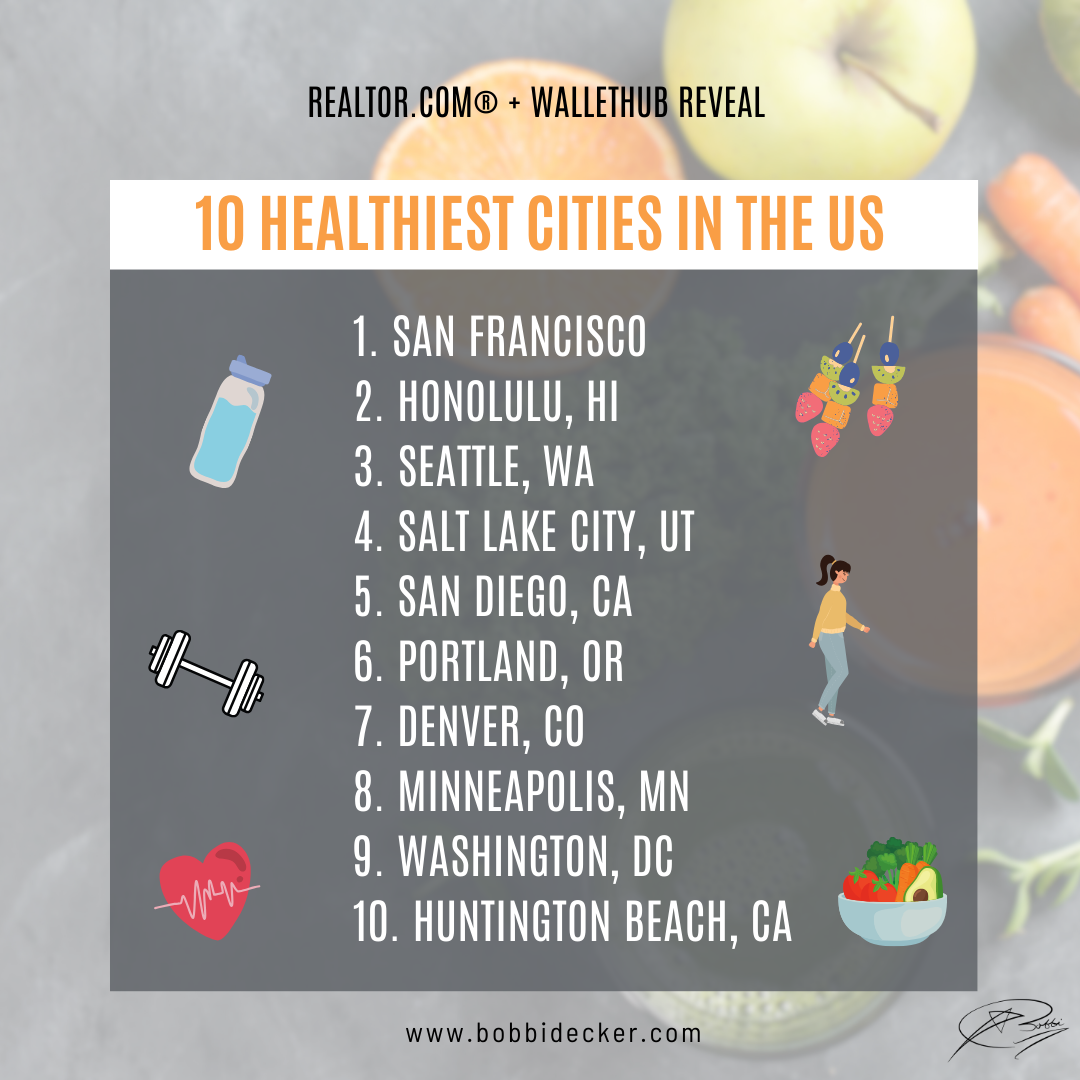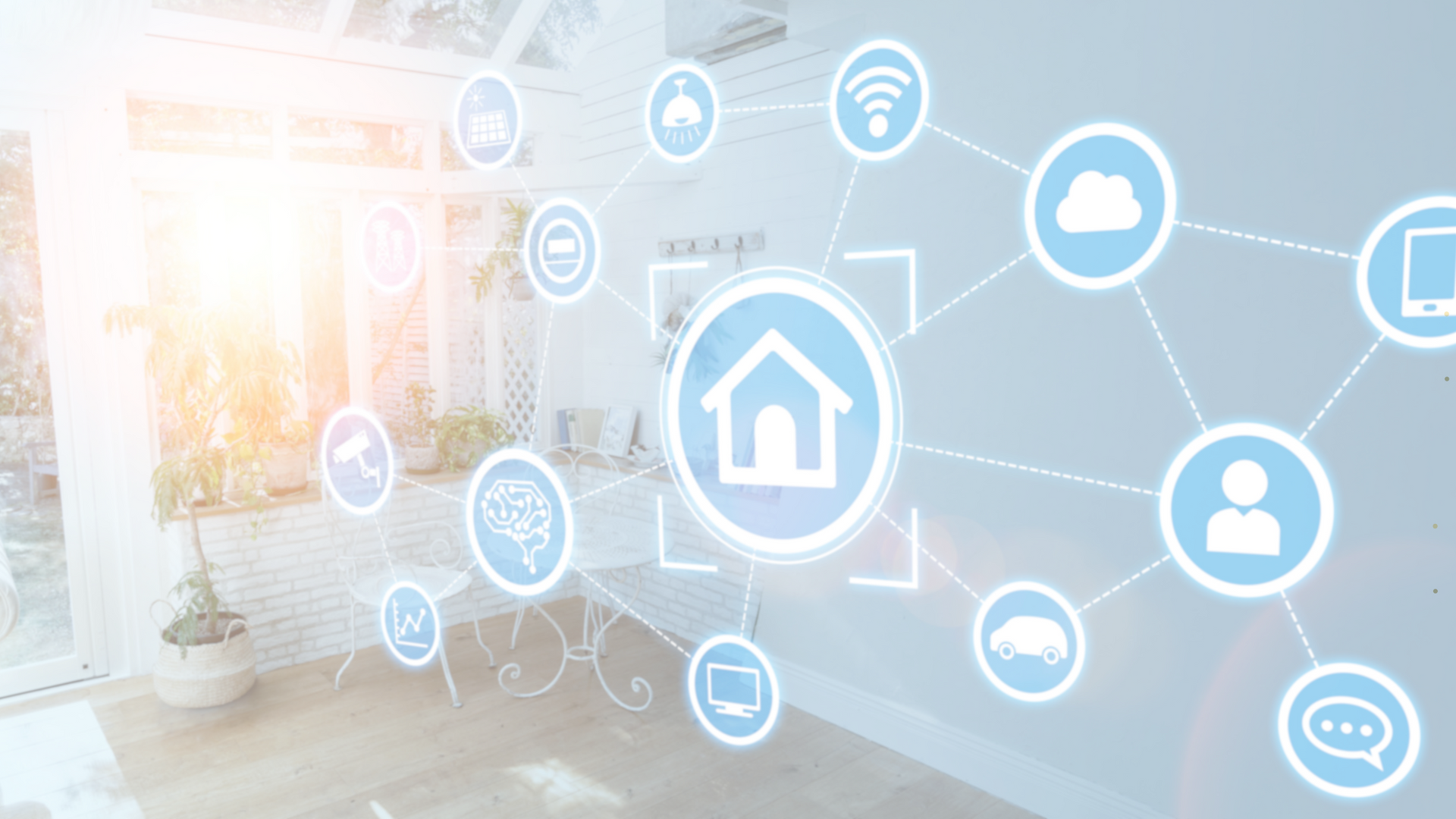Senior Spotlight: The US Caregiver Shortage (Part 1)
One of the hardest roles is getting even harder to fill: caregivers needed.
We cannot talk about improving the quality of life for those who are aging without talking about those who help make it possible: caregivers. As the subject of our Senior Spotlight both this week and next, we wanted to ensure that you are aware of a topic that has been making the headlines at the end of 2020 and the start of 2021 – the US caregiver shortage. This week (Part 1) will review the data behind the shortage, while next week brings it to closer to home and poses some considerations as to what this means for you and your family.
WHAT IS A CAREGIVER?
For the purposes of this discussion, caregivers are entry-level health care workers who help disabled individuals as well as aging adults meet their basic needs to maintain their health and independence longer. In some cases, family members and close friends fill this role. In other cases, professionals such as nursing assistants, personal care attendants, direct support professionals and in-home assistants are hired. They typically help with mon-medical activities of daily living (commonly referred to as ADLs).
WHY IS THE NEED GROWING?
By the year 2030, all Baby Boomers will be 65 or older (currently 10,000 older adults are crossing this threshold daily!). The US Census Bureau reports that by 2035, there will be more Americans over age 65 than under 18 for the first time in history. Meanwhile, the Harvard Joint Center for Housing has reported that 54% of those age 65 and older need help with some household activity – such as meal prep, grocery shopping, housework, transportation and/or medication management. Once Baby Boomers enter their later senior years, the caregiving need is expected to grow even further.
WHAT ARE THE CHALLENGES?
The numbers above reveal the greatest challenge with regards to finding caregivers: a large discrepancy between supply and demand. Demand is growing – yet the supply of caregivers is not. Caregiving is physically and mentally taxing, yet traditionally pays little more than minimum wage. The national average for a caregiver is $11.71/hour (according to PayScale) and $14.86/hour in California (according to Indeed). In addition, the majority of home caregivers are self-employed and do not receive health benefits, paid time off or mileage costs. Furthermore, the American Healthcare Journal reports that 1 in 4 home caregivers is from another country and as such, changing immigration laws are straining the eldercare industry even further.
HOW DOES THIS IMPACT MY PARENTS & GRANDPARENTS?
Every family is impacted by the aging of their parents and grandparents differently, but ultimately, every family IS affected in some way. Check back right here on our blog next Wednesday for ‘The US Caregiver Shortage (Part 2)’ for ideas as to how technology can support aging, how family communication can help and what other factors to consider given this nationwide lack of home care support.
Resources Used:
What The Senior Caregiver Shortage Means For The Eldercare Industry
The Caregiver Shortage Is Being Ignored
Can Care Robots Improve Quality Of Life As We Age?
All my best,
Bobbi Decker
DRE#00607999
Broker Associate
650.346.5352 cell
650.577.3127 efax
www.bobbidecker.com
NAR Instructor….“Designations Create Distinctions”
CIPS, SRS, ABR, CRS, SRES, GRI, CLHMS, REI, AHWD, RSPS, MSLG
Bobbi Decker & Associates fully supports the principles of the Fair Housing Act and the Equal Opportunity Act. For more information, please visit: http://portal.hud.gov/












